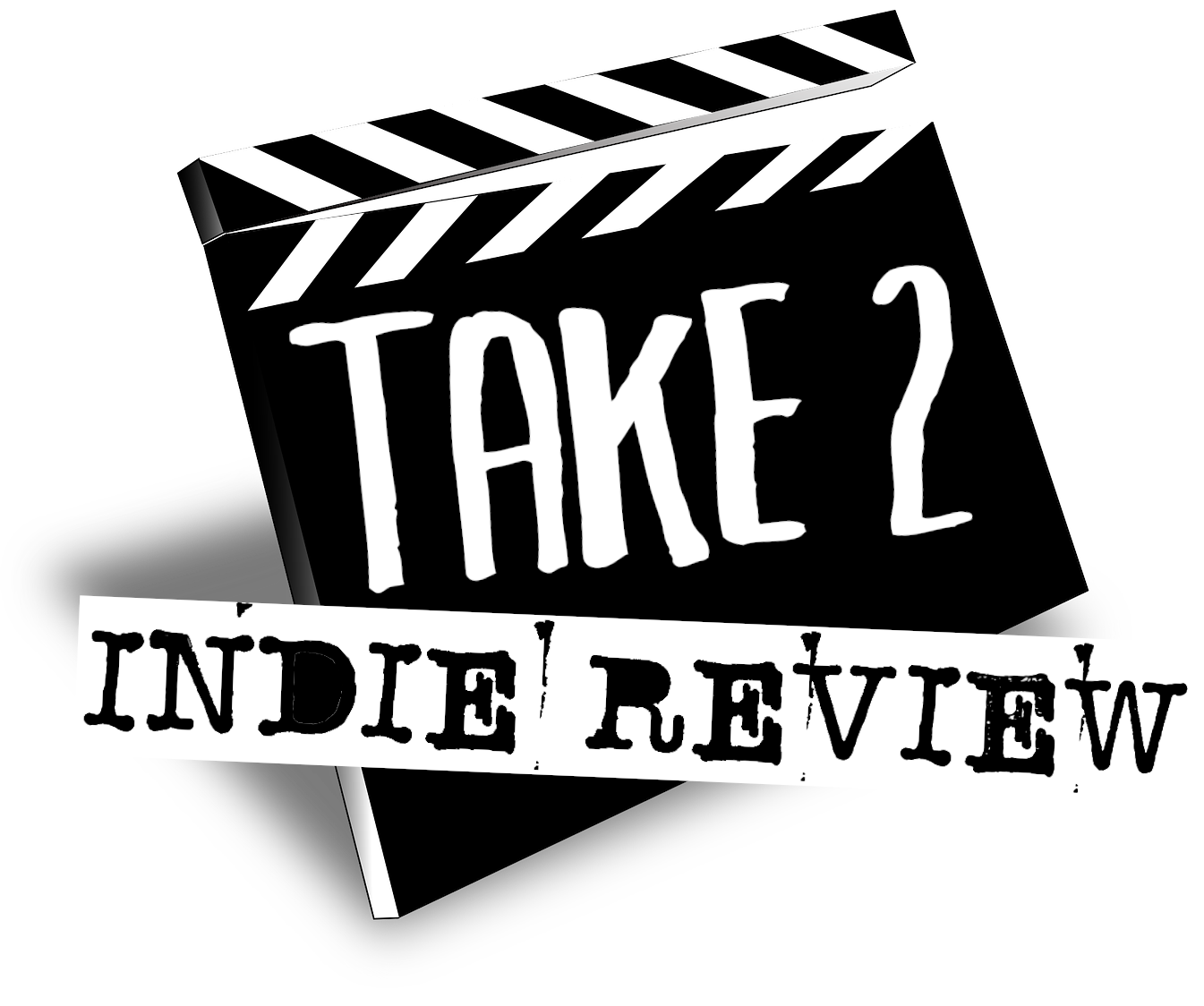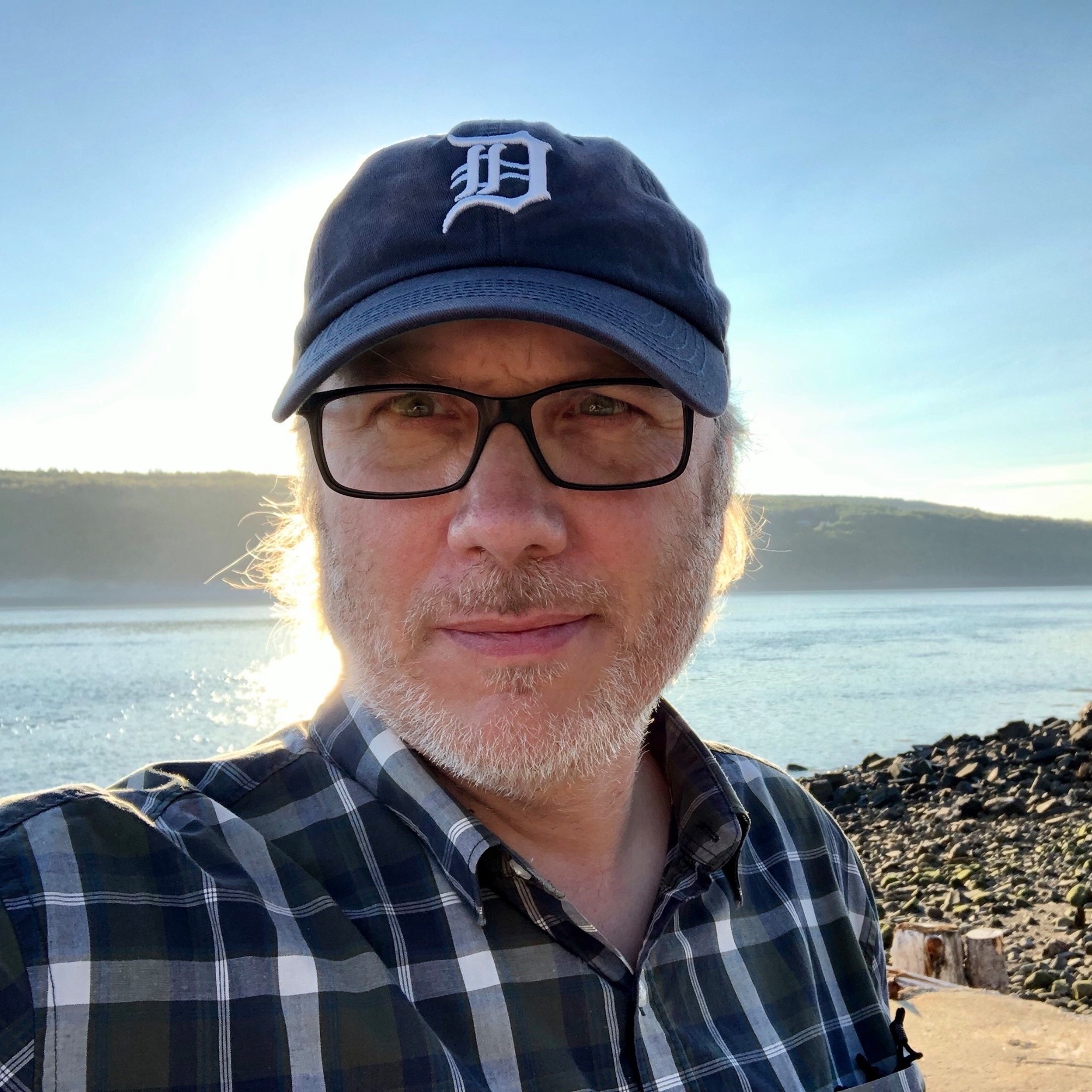Paul Andrew Kimball has written, directed, and produced a wide variety of programming for television, including the television series Haunted, Maritime Museums, and Cinema 902. He adapted and produced the drama special Julius Caesar for Bravo in 2000. He is the writer, producer and director of The Colour of Spring.
Much of your work, including The Colour of Spring, has eerie undertones with themes of death and the supernatural. What draws you to the horror/thriller genre?
The question of what happens to us after we die is the one thing that we all have in common, because the one thing that we can all be sure of is that we’re going to die some day. But what does that mean? How does it inform the life we lead, and our relationships to other people? Is there something more than the world in which we live now, or is our existence finite? My paternal grandfather was a Reformed Baptist minister, and he searched for answers to those questions in his own way. I look for those answers in a different way, but the search for meaning is still the same, although he definitely had a greater certainty about the answers than I do. All I’ve been able to find are more questions, and those are the ones that I use as the underpinning for the stories I want to tell in my films. It’s an ongoing conversation I have with God, assuming God exists, which I don’t (so it might just be a conversation with my own conscience), even if it might not seem that way on the surface.
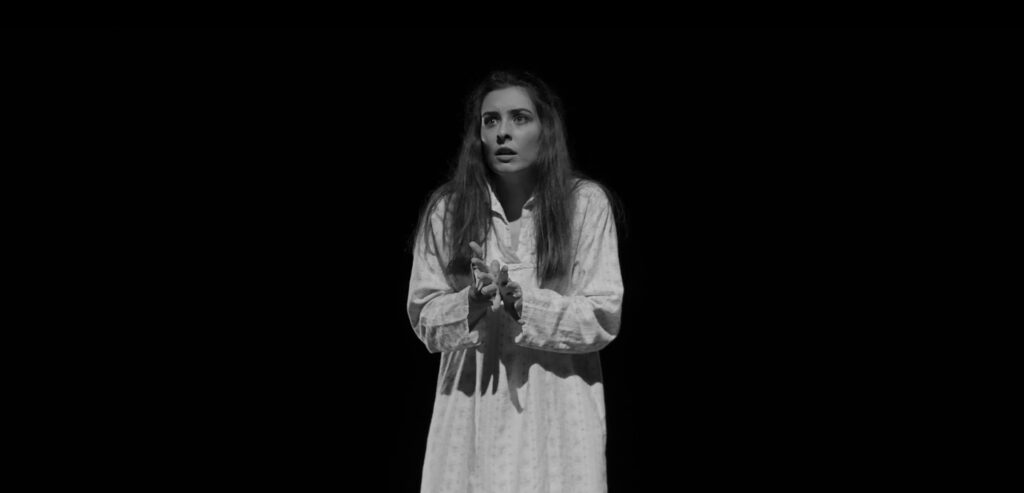
Most of the film is in black and white. What was your thinking behind this stylistic choice?
It was totally driven by the story. A world devoid of colour is a world that is missing a key element of life. That’s the world that our main characters find themselves in. The choice to film in black and white was made to underscore that sense of loss, and indicate that something might be askew as the story develops. It all pays off in the end.
Were there any struggles or obstacles that you faced during the production of the film?
I’m sure there were small things that popped up on a daily basis that one could call an “obstacle”, but I honestly can’t remember any of them now. In general, the shoot went well once we got rolling – I had a great cast and a great crew, and they all worked hard as a team to make it a success. When that happens, the “obstacles” just become opportunities to try something different.
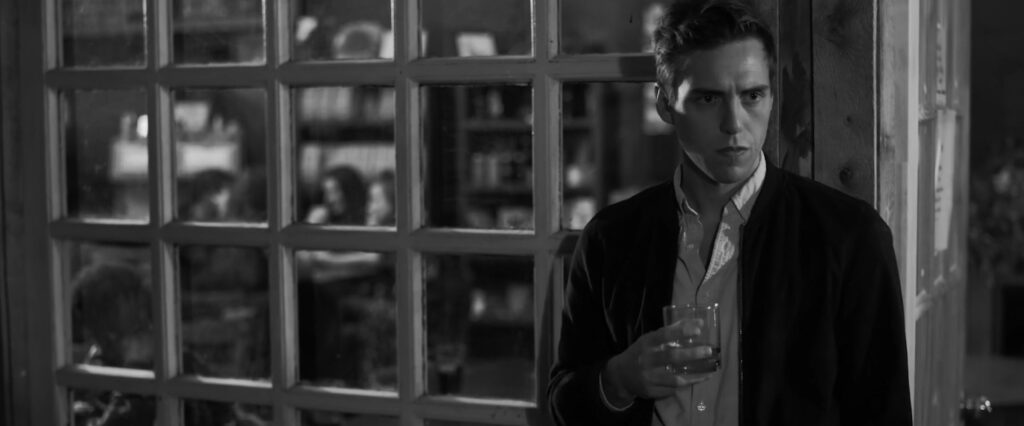
The Colour of Spring has a very simple soundscape that relies mostly on diegetic sounds. Is there a reason why you didn’t take the usual route of adding a haunting or dramatic score?
I actually commissioned a full score for the film by Imran Ahmad, a very talented composer in the United Kingdom, with whom I have worked before (on The Cuckoo in the Clock and Roundabout). Imran did a great job, and the score was lovely, but by the time he had finished, I had decided to go without a score, primarily for story reasons. I wanted to heighten the feeling of dislocation and isolation that the characters feel, not only from each other but from the world that they are trying to get to, even though they don’t realize it until the end. It relates to the idea of purgatory. No colour. No music score. An emptiness of the soul. Its all done to provide subtle clues as to where their characters might really be.
In its captivating conclusion, the film pulls the audience’s grasp on reality right from under their feet. This slow yet sudden descent to madness is similar to the thrillers of Darren Aronofsky. Are there any filmmakers or artists who have inspired your work?
I’m a fan of a lot of filmmakers, but for me, Ingmar Bergman is the first amongst many equals. His storytelling always reached into the heart of what it is to be human. He held a mirror up to ourselves. The picture he painted wasn’t always pretty, but it was always honest and authentic. His films are the story of the human condition, told in the most compelling cinematic language. But I also draw on the work of artists beyond filmmakers for inspiration. The music of Mark Hollis, for example, inspires me in the ability he showed to convey complex themes and emotions through music that on the surface seems sparse, even simple, but is actually incredibly deep. The title for The Colour of Spring comes from my favourite song of his, which I listened to a lot during production and post-production. It contains a wonderful verse that resonated with me in terms of the story of the film, and the journey of the two main characters: “The colour of spring, immerse in that one moment, left in love with everything, soar the bridges that I burnt before.” I love that.
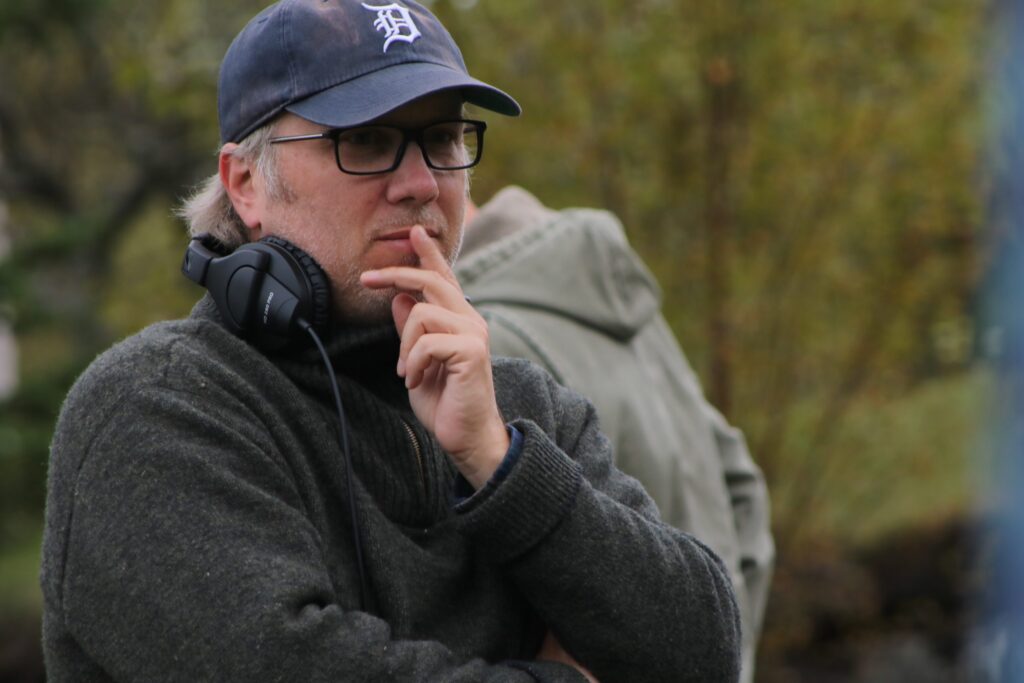
What principle themes or messages do you hope the audience will take away from the film?
I always struggle with this question when asked, because I hate to impose my own ideas on an audience. They should make up their own minds, and take from the film whatever they want. Having said that, for me personally the film is about our ability to find redemption, and forgiveness, through love.
Throughout your career you have assumed the titles of filmmaker, author, historian, politician, and musician. How has this wide range of interests shaped your craft as a filmmaker?
It all comes down to my love of telling stories, and connecting with the narratives of our lives. All of the things I’ve done have been motivated by that. A song lyric, like “Gods and Goddesses, they come and they go, and when they die, it’s painful and alone”, which I wrote years ago as a musician, tells a story, and paints a picture of a person, just as a screenplay does. It’s also about listening to the stories of others, which is what an historian does, or a politician, and then learning from those stories, and giving them a voice.
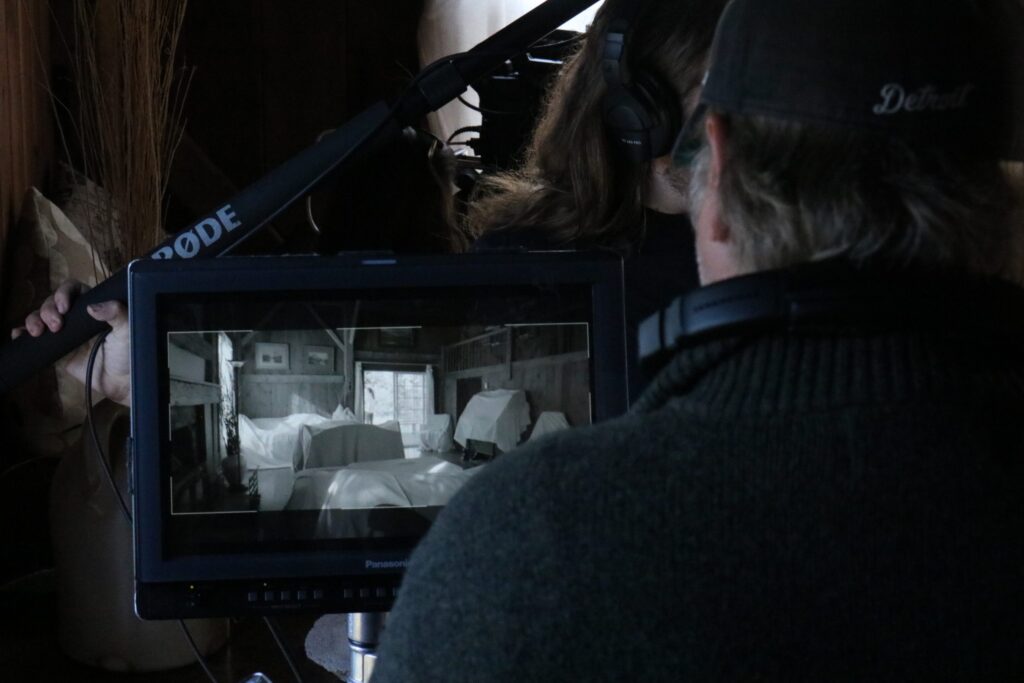
You are an environmentalist who advocates for a more sustainable future. In what ways do you believe the film industry and film productions could be doing more to help protect the earth?
A BFI study this year reported that films with budgets over USD $70 million produce an average of 2,840 tonnes of CO2 per production – a figure equivalent to the amount absorbed by 3,700 acres of forest in one year. Making matters worse, the study found that resource consumption on big budget productions is underreported, and in some cases not reported at all. It’s not the small indie film production that’s the real problem. But we all have a role to play. The majority of the emissions were related to travel. So we can start by shooting local as much as possible. Lessen the number of production vehicles, for example, and have the crew share rides to location. Rethink the kinds of stories we tell, and the resources that are required to make them. We have a chance to reshape the industry, and do some real good in the process. Even on a smaller production, we can make a difference. The film industry talks the talk, but it has a pretty poor history of walking the walk. That needs to change. We have to demand the accountability from our own industry that we demand of others.
You are a mentor for young filmmakers and have visited schools in the past to talk about the film industry. What’s the most valuable piece of advice you give to students?
The filmmakers who amount to anything are the ones who get out there and work. Not everything has to be a feature film. Make a short film. Work on someone else’s film. Work on a television show. Always be working, because that’s how you learn, and develop your skills, and meet the people who might be able to help you get your projects made, or who might form a part of your own team as you continue your career. There’s a guy, Nate Hapke, in the United States, who makes several short films a year, all while working as a crew member on a soap opera. He’s got feature projects in the hopper, and one of these days he’s going to get the opportunity to make one of them. But he’s working and creating in the meantime. I respect that. It puts him in position to expand his career, and discover opportunities. He and I met at the Trinity International Film Festival in Detroit a couple of years ago, where I was screening a feature film and he was screening a short. I liked his work on the short, so I contributed to his next short film project. That’s how you meet people and move your career along.
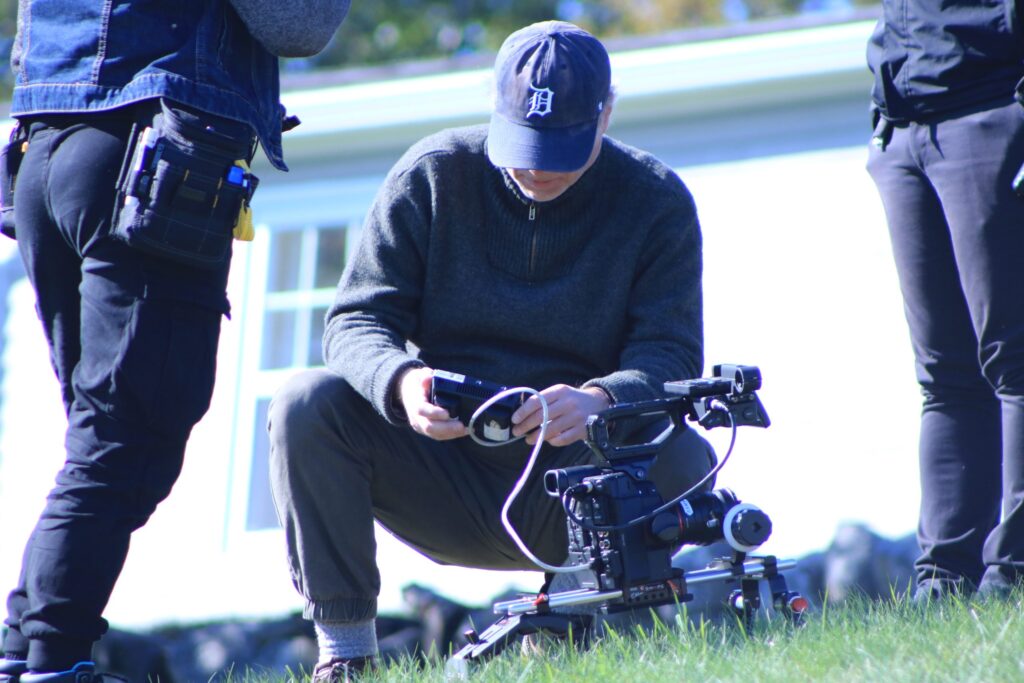
How has the pandemic impacted your filmmaking?
We’ve been lucky, because our television series work is all filmed here with small crews of less than ten people in Atlantic Canada, where we managed to avoid the worst of the pandemic, primarily because we took it seriously from the beginning, and adopted collective measures to protect ourselves. But our company postponed a drama series and a series of independent films until 2021, because we judged it as too risky to put larger numbers of people together in the same place like that. We could have filmed on a larger scale (others did, including American productions that came here), but we decided to err on the side of caution.
Do you have any projects in the works?
I’ll be producing the dramatic series that we postponed from last year. It’s called The Last Divide, and it’s being written and directed by my friend Dillon Garland, who was my DOP on The Colour of Spring. I’ll also be producing the second season of Cinema 902, a series of three independent films by up-and-coming filmmakers here in Nova Scotia. And then there’s our regular series work for Eastlink, the broadcaster we work with here in Nova Scotia – Haunted, Walkabout, Maritime Museums. It’s all more than enough to keep me busy as I look around for the next feature film project. Every film I’ve done so far has been my own script. For the next one, I want to direct a script by someone else, because it will be something new for me to try. So I’m looking for a script that interests me, and that I think will interest an audience.
